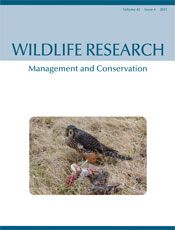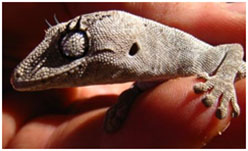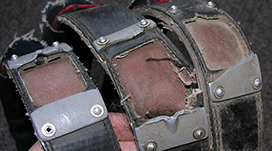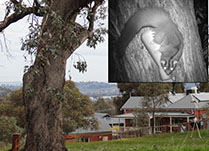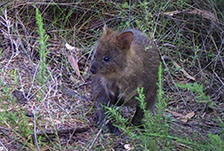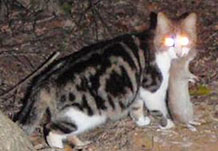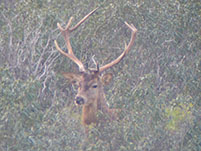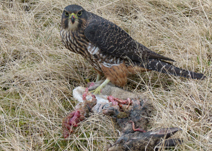WR14222How many are there? Multiple-covariate distance sampling for monitoring pampas deer in Corrientes, Argentina
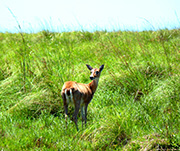
Pampas deer, Ozotoceros bezoarticus, is an endangered species in Argentina, where scarce information exists about one of the four remaining populations. Deer density estimated using a Multiple-covariate Distance Sampling engine determined a larger population than previous studies. Our estimates and methods can be used as a baseline for future population monitoring, considering covariate distance sampling can provide more realistic population estimates, also suggesting the inclusion of additional variables for future analysis. Photograph by Talía Zamboni.


